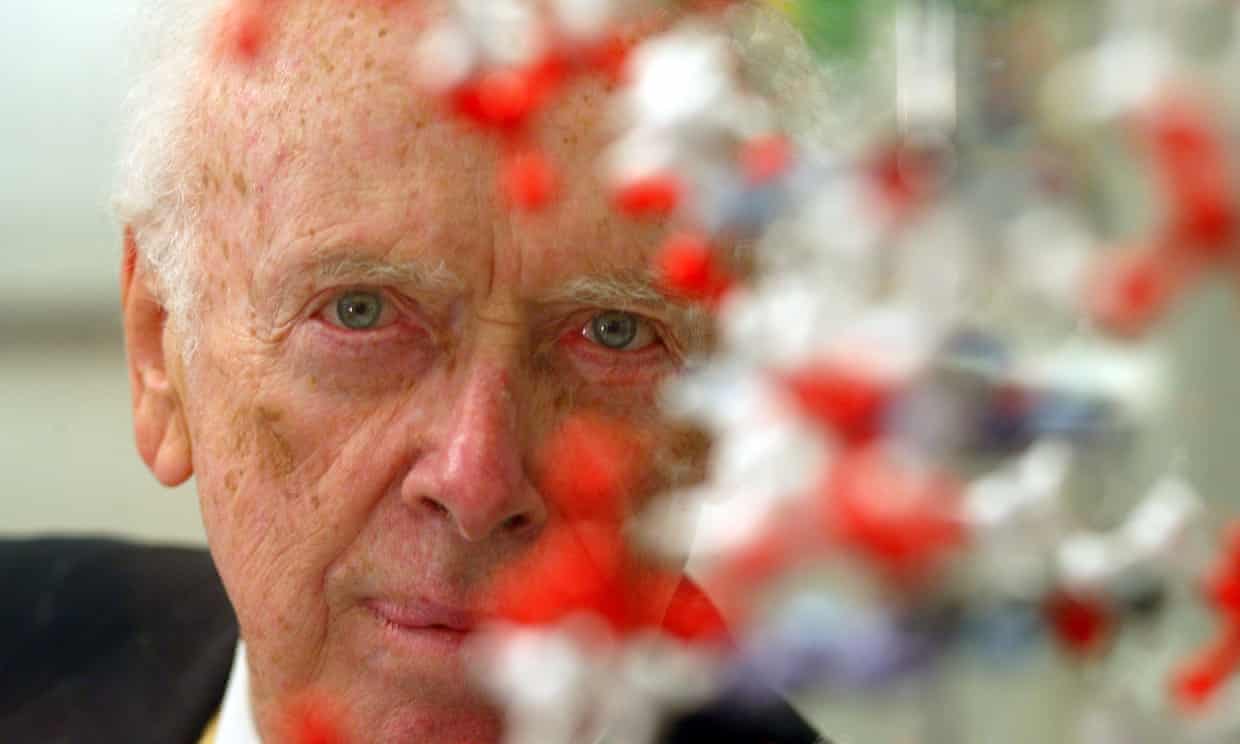James Watson, the celebrated geneticist and co-discoverer of the structure of DNA, passed away on November 6, 2025, at the age of 97. His groundbreaking contributions to molecular biology earned him a Nobel Prize, yet his career was marred by controversy and criticism for his views and conduct.
Watson’s most significant achievement came in partnership with Francis Crick at the Cavendish Laboratory in Cambridge in 1953. Together, they unveiled the double helix structure of DNA, a discovery that fundamentally changed our understanding of genetics and paved the way for developments in various fields, including medicine, archaeology, and forensic science. Their landmark discovery was articulated in Watson’s bestselling memoir, The Double Helix, published in 1968, where he recounts the moment Crick declared, “We have discovered the secret of life.”
Early Life and Academic Journey
Born on April 6, 1928, in Chicago, Watson exhibited prodigious talent from a young age, entering the University of Chicago at just 15. His studies in zoology ignited a passion for genetics, leading him to work under pioneering geneticist Hermann Muller at Indiana University. This experience solidified his belief that DNA, rather than protein, was the fundamental component of genes.
In 1951, Watson’s academic journey brought him to the UK, where he began working alongside Crick. Their collaboration was marked by contrasting personalities; Watson was an ambitious young American, while Crick was a more reserved, seasoned British scientist. Despite their differences, both shared a conviction that DNA held the key to understanding genetic inheritance.
Groundbreaking Discoveries and Controversial Views
The duo’s innovative approach involved creating physical models of DNA, leading to the revelation that the molecule is structured as a twisted ladder, or double helix. Their findings, published in the journal Nature, suggested a potential mechanism for genetic replication, a monumental leap in biological science. In recognition of their work, Watson, Crick, and biophysicist Maurice Wilkins were awarded the Nobel Prize in Physiology or Medicine in 1962.
Watson’s career continued to flourish as he took on various roles, including director of the Cold Spring Harbor Laboratory in New York, where he transformed the institution into a leading research center. He also played a pivotal role in the Human Genome Project, which aimed to map the entire human genome, a project that faced skepticism yet ultimately resulted in significant advancements in genetic research.
Despite his scientific accolades, Watson’s career was often overshadowed by his controversial statements and views. He faced backlash for remarks perceived as racist and discriminatory, particularly those suggesting inherent differences in intelligence among races. Such comments led to his resignation from prestigious positions and sparked widespread condemnation from the scientific community.
His 2007 interview with the Sunday Times, where he expressed pessimism about Africa’s future based on his views on intelligence, marked a significant turning point in his public image. Following this, institutions distanced themselves from him, and he was stripped of several honorary titles.
Watson’s reflections on his life and career revealed a complex individual whose scientific brilliance was often eclipsed by personal controversies. He had an undeniable talent for attracting both admiration and ire, navigating a career filled with both remarkable achievements and profound missteps.
Despite the controversies, Watson’s contributions to science remain significant. He is remembered not just for his role in elucidating the structure of DNA but also for shaping the discourse around genetics in the 20th century. His legacy is a dual narrative of scientific triumph and ethical failure, prompting ongoing discussions about the responsibilities of scientists in society.
James Watson is survived by his wife, Elizabeth, their sons, and a grandson. His life, marked by extraordinary achievements and contentious opinions, leaves an indelible mark on the field of genetics and beyond.


































































